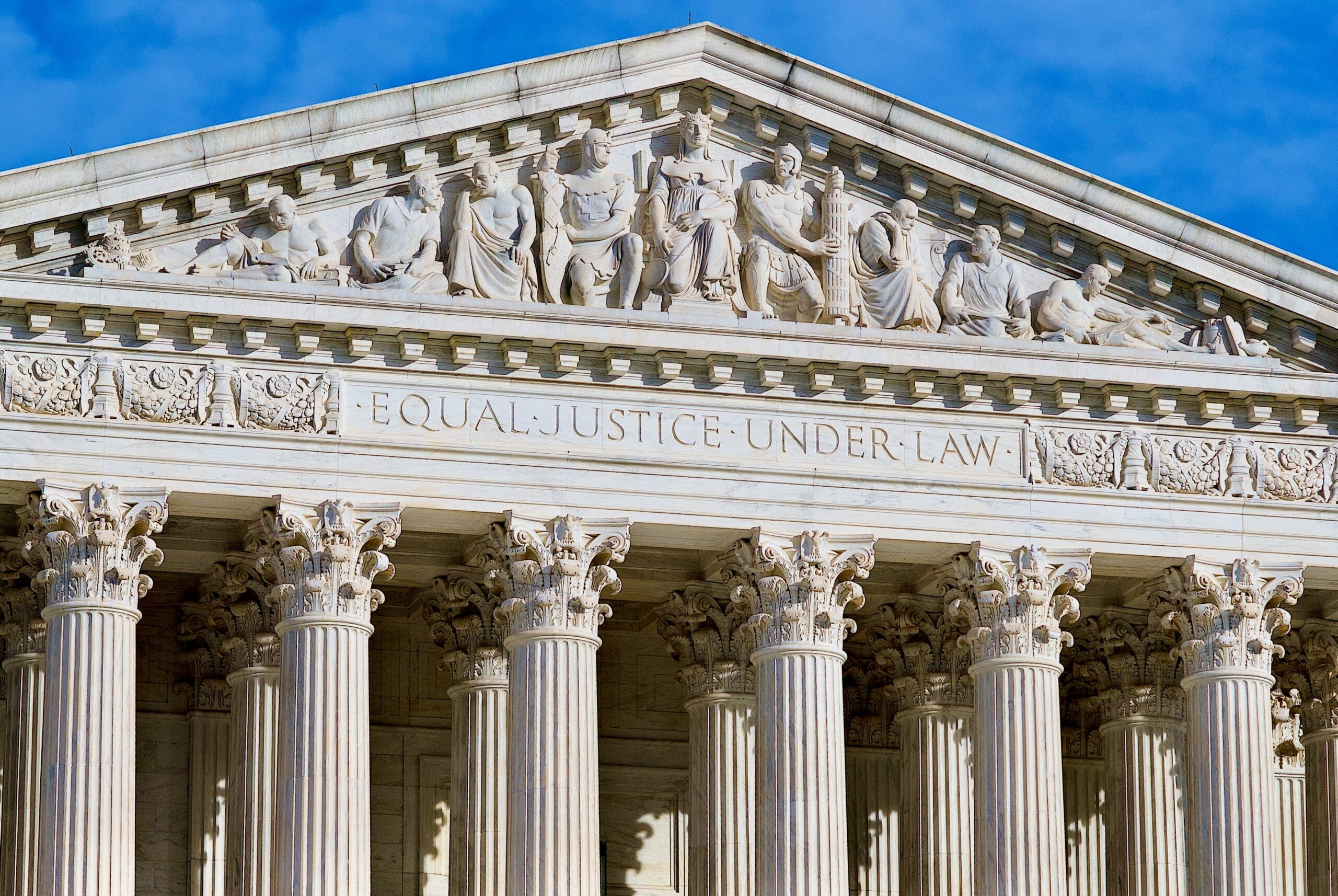Supreme Court Rejects Higher Standard for “Reverse Discrimination” Under Title VII
By Alice K. Jump, Jill Kahn Marshall and Anna Beckelman
On June 5, 2025, the U.S. Supreme Court issued a unanimous decision in Ames v. Ohio Dept. of Youth Services, ruling that so-called “reverse discrimination” cases are not subject to a higher standard of proof than other discrimination claims. In the line of cases in question, “reverse discrimination” is considered a discrimination claim brought by a member of a majority group which has not historically faced widespread discrimination in the United States. Prior to the Ames decision, lower federal courts were divided over whether, in addition to the prima facie case that all employment discrimination plaintiffs must establish, reverse discrimination plaintiffs must also establish “background circumstances” which demonstrate that the employer in question discriminates against their majority group.
In the Ames case, Marlean Ames, who identifies as a heterosexual woman, applied for a promotion at the Ohio Department of Youth Services, where she had worked for 15 years at the time. Ames’ supervisor at the time identified as a gay woman. Instead of Ames, the agency promoted another current employee, who identified as a gay woman, to fill the role. Soon after being passed over for the promotion, Ames was demoted, and her former role was filled by a male employee who also identified as gay.
Following these events, Ames sued the agency under Title VII of the Civil Rights Act of 1964, alleging that she had been denied a promotion and demoted because of her sexual orientation. The U.S. District Court for the Southern District of Ohio dismissed Ames’ case on summary judgment, reasoning that Ames had failed to establish the requisite background circumstances to show that the agency discriminated against her majority group, which in this case meant heterosexual employees. The Sixth Circuit Court of Appeals affirmed the dismissal, also citing Ames’ lack of evidence of background circumstances, such as proof that a member of the relevant minority group made the adverse employment decision (it was established that her direct supervisor was not the primary decisionmaker, but rather, a heterosexual woman to whom she reported), or statistical evidence of a pattern of discrimination against the relevant majority group. The Court of Appeals agreed that without such background circumstances, the agency was entitled to summary judgment.
The Supreme Court, however, reversed the Sixth Circuit’s decision and unanimously rejected the “background circumstances” requirement. In delivering the Court’s opinion, Justice Ketanji Brown Jackson stated that “Title VII’s disparate-treatment provision draws no distinction between majority-group plaintiffs and minority-group plaintiffs,” and “Congress left no room for courts to impose special requirements on majority-group plaintiffs alone.” Justice Jackson further noted that the Supreme Court had previously cautioned against overly strict application of the prima facie case requirement, recognizing that facts will vary in Title VII matters and prima facie proof will vary from case to case as well. As such, the Court held that a background circumstances requirement is inappropriate as it “uniformly subject[s] all majority-group plaintiffs to the same, highly specific evidentiary standard in every case.” In light of the Supreme Court’s decision, the Ames case will return to the lower federal court in Ohio for reconsideration.
The Ames decision settles an open question as to whether plaintiffs in such “majority” groups are held to a higher standard under Title VII. Going forward, such plaintiffs will be held to the same standard as anyone else asserting claims of discrimination under federal law, thus eliminating the concept of “reverse discrimination” as different from any other type of discriminatory conduct.
In the current political climate, the Ames decision has been characterized as an outgrowth of the push back against DEI initiatives. In fact, even before the decision, most Circuit Courts (including the Second) did not apply the “background circumstances” requirement. In Ames, the Supreme Court determined that a special rule which applied only to some plaintiffs but not others was inconsistent with the principle that the anti-discrimination laws should apply equally to everyone. The unanimity of the decision, as well as the fact that Justice Jackson wrote the opinion, leads to the conclusion that Ames is an example of statutory and evidentiary analysis rather than a political endorsement of reverse discrimination claims.
 This article is intended as a general discussion of these issues only and is not to be considered legal advice or relied upon. For more information, please contact RPJ Partner Alice K. Jump who counsels clients on litigation, alternative dispute resolution and business counseling, with particular emphasis on representing clients in the financial services and real estate industries as well as educational and non-profit institutions. Ms. Jump is admitted to practice law in New York and before the United States District Courts for the Southern and Eastern Districts of New York and the United States Court of Appeals for the Second Circuit.
This article is intended as a general discussion of these issues only and is not to be considered legal advice or relied upon. For more information, please contact RPJ Partner Alice K. Jump who counsels clients on litigation, alternative dispute resolution and business counseling, with particular emphasis on representing clients in the financial services and real estate industries as well as educational and non-profit institutions. Ms. Jump is admitted to practice law in New York and before the United States District Courts for the Southern and Eastern Districts of New York and the United States Court of Appeals for the Second Circuit.
 This article is intended as a general discussion of these issues only and is not to be considered legal advice or relied upon. For more information, please contact RPJ Partner Jill Kahn Marshall, who counsels individuals and corporations in the areas of employment law, litigation and dispute resolution, and healthcare. Ms. Marshall is admitted to practice law in New York and Massachusetts, as well as the District Courts for Massachusetts and the Southern and Eastern Districts of New York.
This article is intended as a general discussion of these issues only and is not to be considered legal advice or relied upon. For more information, please contact RPJ Partner Jill Kahn Marshall, who counsels individuals and corporations in the areas of employment law, litigation and dispute resolution, and healthcare. Ms. Marshall is admitted to practice law in New York and Massachusetts, as well as the District Courts for Massachusetts and the Southern and Eastern Districts of New York.

